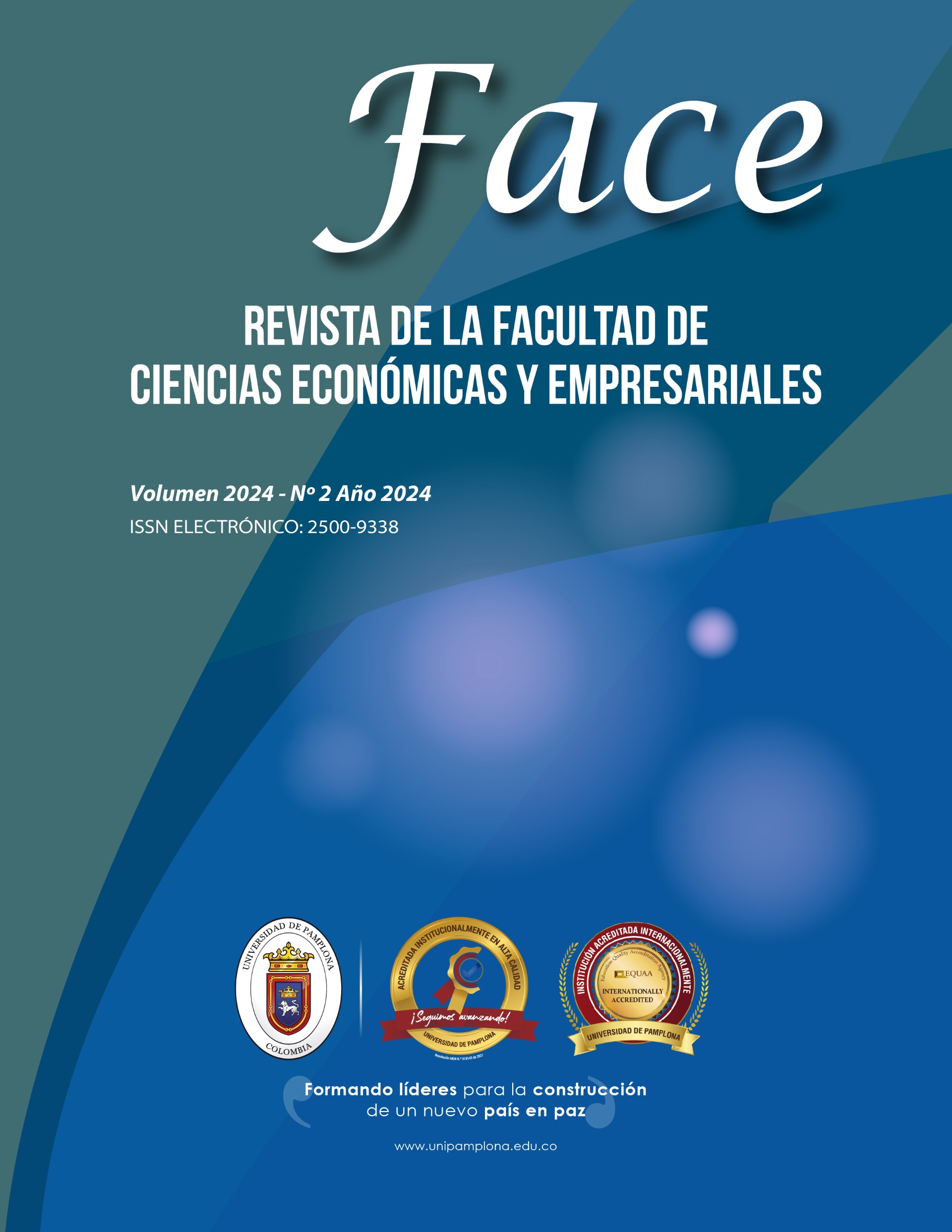Análisis Transdisciplinario del Poliamor a la Luz de los Derechos Humanos en México
DOI:
https://doi.org/10.24054/face.v24i2.3125Palabras clave:
Poliamor, matrimonio, concubinatoResumen
Las relaciones humanas en la actualidad presentan escenarios que hace unos años habrían resultado impensados o poco probables, la dinámica social camina a pasos agigantados, y el derecho, como un medio de regulación conductual, debe modificarse al unísono social, y es ahí, donde a través de sus fuentes formales, como la ley, la jurisprudencia, y la doctrina, la ciencia jurídica avanza adecuándose a las necesidades de la gente. Un ejemplo de ello lo representa el poliamor, considerado como la relación entre más de dos personas de manera simultánea con pleno
consentimiento, lo que implica un estadio superior en el plano sentimental, de madurez, y en las consecuencias afectivas y jurídicas que dicha interacción conlleva, por lo que, mediante la categoría sospechosa de discriminación indirecta, y a través del juicio de amparo, es que se reconoce el derecho humano al libre desarrollo de la personalidad, lo que en su momento reformará los artículos que regulan la institución jurídica del matrimonio y el concubinato. Tal es el caso del amparo indirecto número 1227/2020, radicado en el Juzgado Octavo de Distrito en Materia de Amparo
Civil, Administrativa y de Trabajo y Juicios Federales en el Estado de Puebla, en donde se hace un estudio de los artículos 1 y 4 Constitucionales, en relación con los numerales 294 y 297 de la ley sustantiva civil en Puebla, se reconoce a las relaciones poliafectivas como una forma de preferencia sexual, y una manera de constituir una familia, cuyas derivaciones pueden desencadenar un problema en el ámbito del estado civil, patrimonial, de seguridad social, parentesco, sucesorio, por lo que su debida regulación deberá ser materia de operadores jurídicos, como los abogados,
jueces, pero también del trabajo transdisciplinario de psicólogos, antropólogos, sociólogos, entre otros, para que a través de líneas de pensamiento, como el iusnaturalismo, el derecho positivo, la teoría tridimensional del derecho, la teoría de la justicia social, teoría de los derechos fundamentales y de la ponderación, se justifique la debida regulación del poliamor en cuestión.
Descargas
Referencias
Bauman, Z. (2022). Amor líquido: Acerca de la fragilidad de los vínculos humanos. Fondo de Cultura Económica.
Fromm, E. (2022). El arte de amar. Paidós.
Santiago Álvarez, L. (2018). El poliamor como construcción amorosa dialogada: Estudio cualitativo. Universidad de Almería.
Reale, M. (1989). Introducción al Derecho (9ª ed.). Ediciones Pirámide.
Descargas
Publicado
Número
Sección
Licencia
Derechos de autor 2024 FACE: Revista de la Facultad de Ciencias Económicas y Empresariales

Esta obra está bajo una licencia internacional Creative Commons Atribución-NoComercial-CompartirIgual 4.0.





